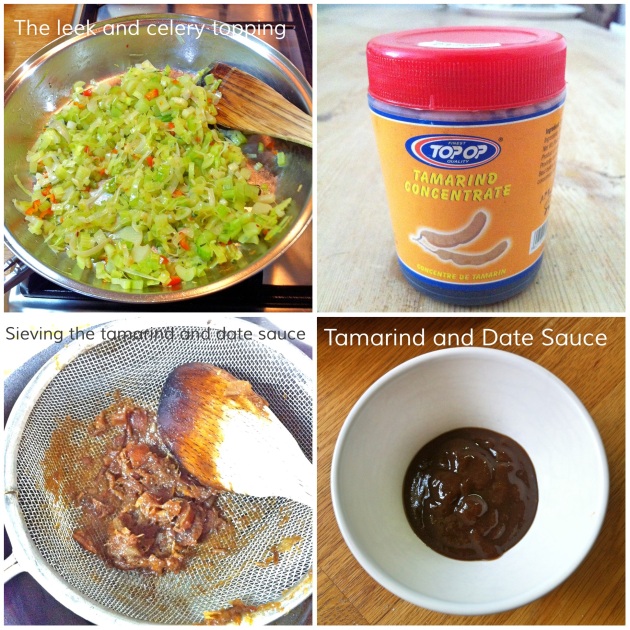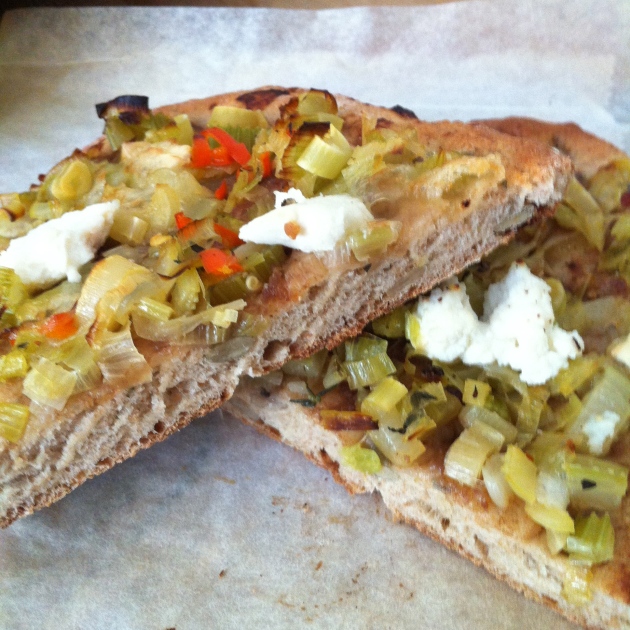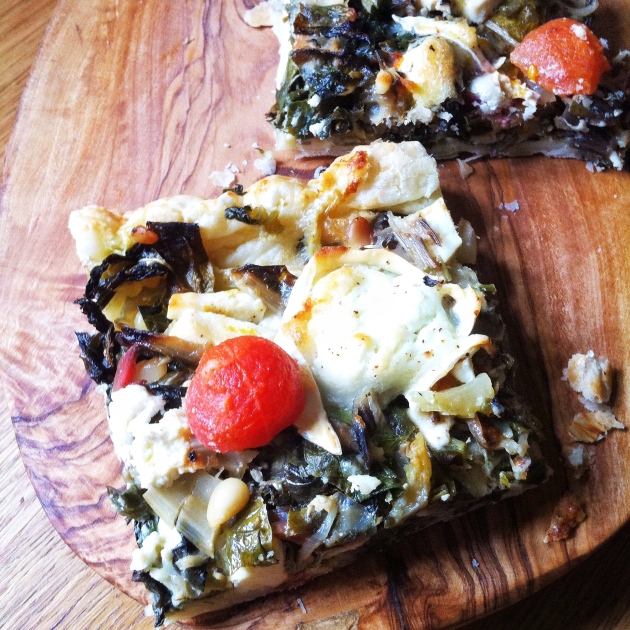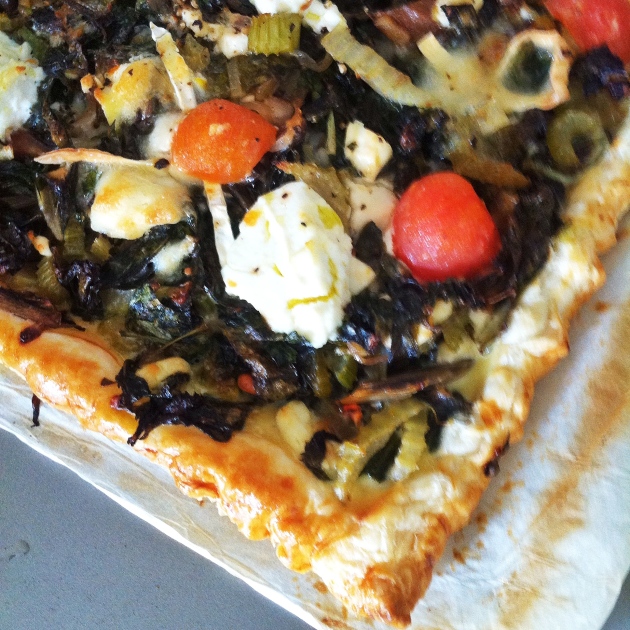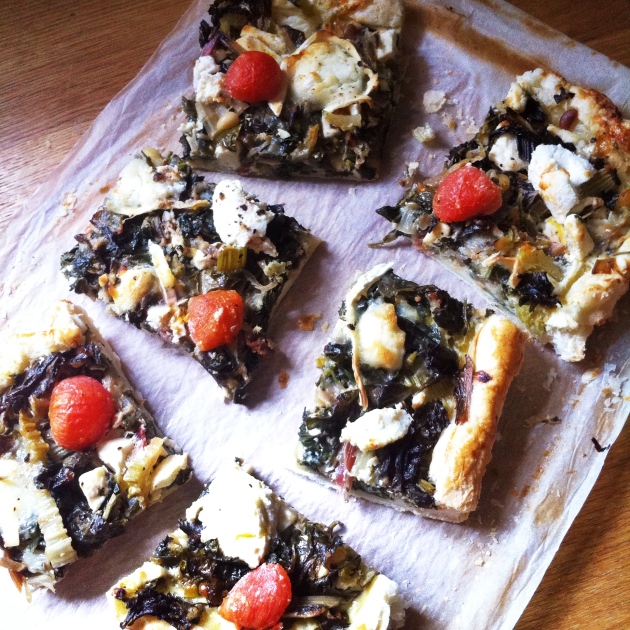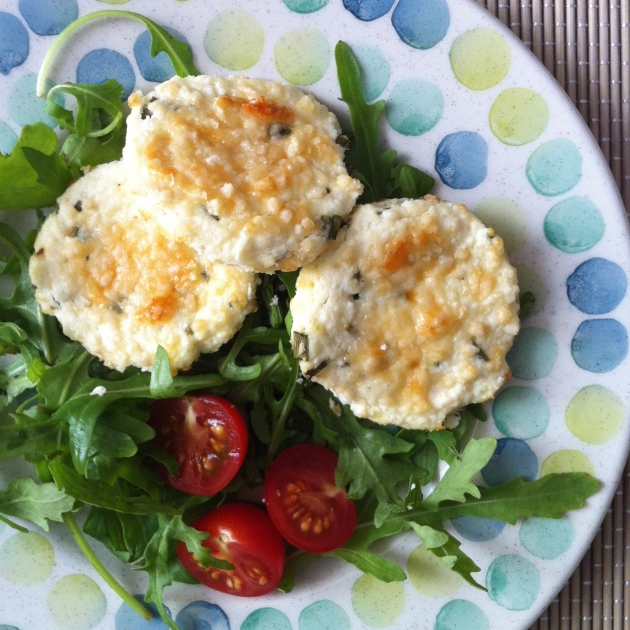 I have a friend who I think of as the Imelda Marcos of lunch boxes. She has the most incredible selection – ones for breakfast, ones with separate compartments for salads and dressing, ones that can go in the microwave, spill proof soup mugs, ones that have their own placemat, ones that have their own cutlery – you name it – she’s most probably got it! She takes the most delicious things to work and obviously saves a fortune in the process.
I have a friend who I think of as the Imelda Marcos of lunch boxes. She has the most incredible selection – ones for breakfast, ones with separate compartments for salads and dressing, ones that can go in the microwave, spill proof soup mugs, ones that have their own placemat, ones that have their own cutlery – you name it – she’s most probably got it! She takes the most delicious things to work and obviously saves a fortune in the process.
 Have you ever totted up what you spend on food during the working week? I’m not talking about going out for restaurant lunches but the stuff you get from the thousands of takeaway sandwich bars and cafe’s that line our streets. Starting with your morning latte and yoghurt pot/muffin/croissant to a mid morning snack, lunch of sandwiches/salads/noodles/sushi, coffee or tea, juice etc…it really adds up. At let’s say £5 – £10 a day, that’s £25 – £50 a week which works out to £1,250 – £2,500 a year! With a little fore thought and organisation, you could so easily be taking in your own food which will be delicious, not full of salt, sugar, preservatives and additives and saving you a fortune at the same time. Those Manolos might be yours sooner than you think…
Have you ever totted up what you spend on food during the working week? I’m not talking about going out for restaurant lunches but the stuff you get from the thousands of takeaway sandwich bars and cafe’s that line our streets. Starting with your morning latte and yoghurt pot/muffin/croissant to a mid morning snack, lunch of sandwiches/salads/noodles/sushi, coffee or tea, juice etc…it really adds up. At let’s say £5 – £10 a day, that’s £25 – £50 a week which works out to £1,250 – £2,500 a year! With a little fore thought and organisation, you could so easily be taking in your own food which will be delicious, not full of salt, sugar, preservatives and additives and saving you a fortune at the same time. Those Manolos might be yours sooner than you think…
 Anyway, I popped round her house recently and she gave me a ricotta cake to try – she had mentioned them a few times in the past and said how wonderful they were and how perfect in one of her “salady” lunch boxes and I could immediately see why. It was so savoury; light but filling and extremely low carb, so, no mid afternoon carb coma. She did tell me what was in them, but all I could remember was the ricotta and parmesan. Possibly basil.
Anyway, I popped round her house recently and she gave me a ricotta cake to try – she had mentioned them a few times in the past and said how wonderful they were and how perfect in one of her “salady” lunch boxes and I could immediately see why. It was so savoury; light but filling and extremely low carb, so, no mid afternoon carb coma. She did tell me what was in them, but all I could remember was the ricotta and parmesan. Possibly basil.
The other day, I bought some ricotta to make ravioli and had some left over so thought I would give the cakes a go. I did a little googling to get the proportions right and came up with these…They are so easy. Just whisk up a couple of eggs with salt and pepper, snip in the chives and stir in the cheeses. Spoon into very well greased tins, top with a little more parmesan and bake. So, so delicious!
These are really quite small – you would probably want 2 or 3 – maybe more, per serving, depending on your appetite. I also think that these would be lovely with a little grated lemon zest in them and maybe a sliver of sundried tomato on top. Thyme or oregano would work well here too. So many possibilities…
P.S. if you click on the link to the Manolo Blahnik website, there is THE most fabulous short film about how, as a child growing up in the Canary Islands, Manolo Blahnik made shoes from sweetie wrappers for lizards. I used to make Christmas decorations out of sweetie wrappers – think I may have missed my calling…
Ricotta and Chive Cakes
INGREDIENTS
- 2 large eggs, free range or organic
- ½ tsp salt
- ½ tsp ground black pepper
- 1 bunch of chives about 25g
- 500g ricotta cheese
- 60g finely grated parmesan cheese, halved
INSTRUCTIONS
- Pre-heat the oven to 150C/300F. Thoroughly grease and flour a couple of 12 hole patty tins (the shallow kind used for mince pies or Yorkshire puds).
- Lightly whisk the eggs in a medium sized bowl. Whisk in the salt and pepper and snip in the chives – scissors are much better than a knife for chives.
- Add the ricotta and half the parmesan and whisk until all the ingredients are well mixed together.
- Pop a tablespoon of the mixture into each hole and lightly smooth over the tops.
- Evenly sprinkle over the remaining parmesan cheese.
- Bake for 20 minutes or until lightly golden. Let cool for 5 minutes then remove from pans to either finish cooling on a wire rack or eat warm with a salad.
- Store in a lidded container in the fridge for up to 7 days.




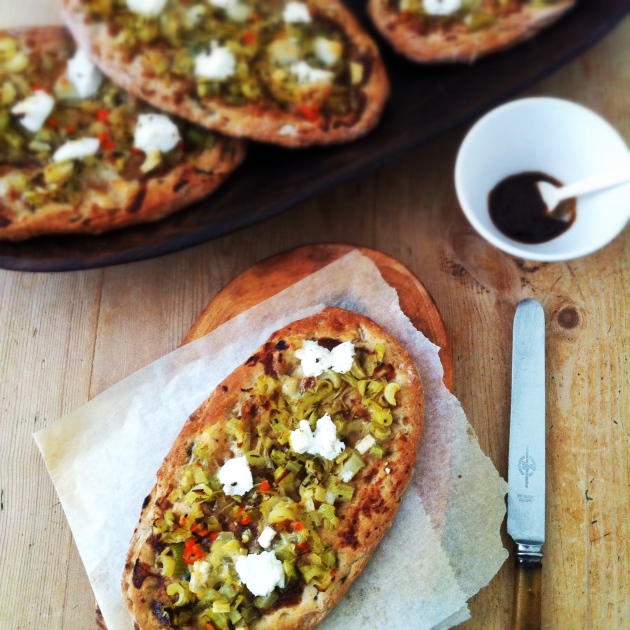 It’s funny how inspiration strikes. Aware that the clock was counting down fast on the deadline for submitting a ‘yeast and herb’ based post for Angie’s first
It’s funny how inspiration strikes. Aware that the clock was counting down fast on the deadline for submitting a ‘yeast and herb’ based post for Angie’s first 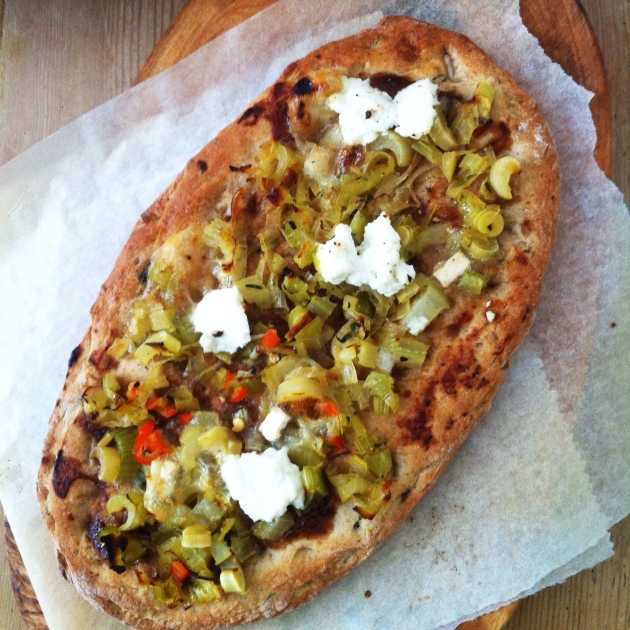
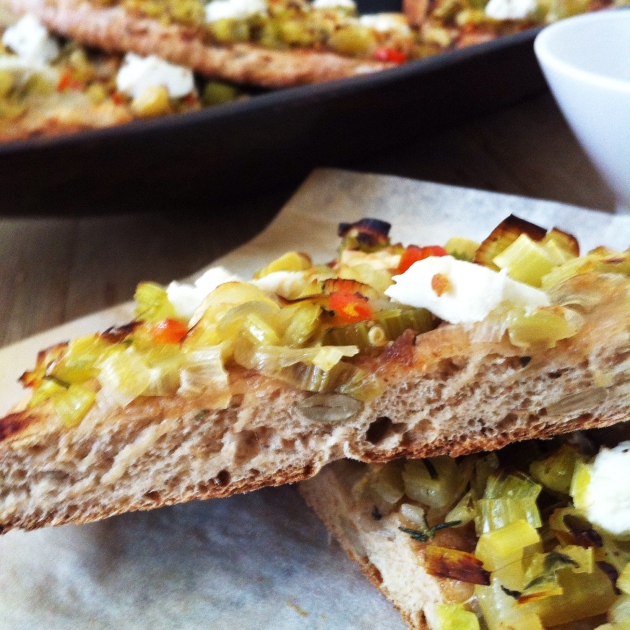 Once baked, the goat’s cheese has melted and the creamy ricotta is a wonderful counterpoint to the heat from the chilli flakes and the crunch of the seeds. Next time I will add more ricotta (I’ve updated the recipe below to account for this). Angie is being very ably assisted by
Once baked, the goat’s cheese has melted and the creamy ricotta is a wonderful counterpoint to the heat from the chilli flakes and the crunch of the seeds. Next time I will add more ricotta (I’ve updated the recipe below to account for this). Angie is being very ably assisted by  Ever since I attended
Ever since I attended 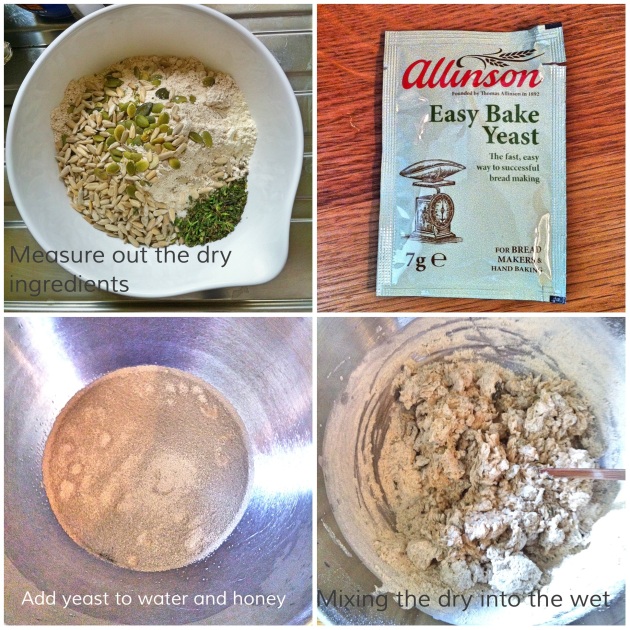 I used a chopstick to roughly mix the dry ingredients into the wet, thanks to a tip from
I used a chopstick to roughly mix the dry ingredients into the wet, thanks to a tip from 